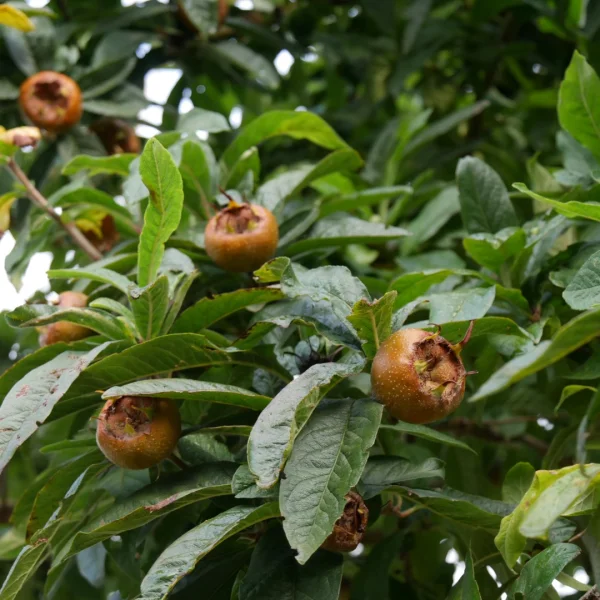Cydonia oblonga – Common quince
Rosaceae
Cydonia oblonga – Common quince
Acest pom fructifer a fost cultivat din cele mai vechi timpuri. Este un arbore cu creștere lentă, care crește de la forma de tufiș până la un copac mic de aproximativ 5 m, cu o înălțime maximă de 8 m. Coroana densă este largă și rotundă. Crescând mai larg în primii câțiva ani, copacul se dezvoltă ulterior în înălțime. Inițial, crengile tinere sunt alb-felipoase, dar în curând devin goale. Frunzele de lăstar sunt, de asemenea, alb-felcate. Înflorirea este urmată de fructe parfumate, de formă de pară până la ovoid inversat. Aceștia se coc numai atunci când planta se află într-un loc cald și adăpostit. Ele pot fi folosite doar gătite în diverse mâncăruri. De altfel, planta merită să fie plantată doar pentru inflorescența sa frumoasă și pentru culorile frumoase de toamnă galbenă. Necesită un sol bine drenat, umed și tolerează varul.
Availability
Specifications
Download PDF
Height
3 - 5 (8) m
Width
3-5m
Crown
rounded, dense, dark, dense crown, capricious growing
Bark and branches
bast black-brown, young twigs bear velvety hairs
Leaf
ovoid to oval, dark green, velvety-white when emerging, 5 - 10 cm
Autumn colour
yellow
Flowers
white to soft rose, 4 - 5 cm, May, fragrant flowers
Fruits
yellow, pear-shaped to obovoid, approx. 10 cm long, edible, edible fruits
Spines/thorns
None
Toxicity
usually not toxic to people, (large) pets and livestock
Soil type
humid, and also calcareous soil
Paving
tolerates no paving
Winter hardiness zone
5a (-28,8 to -26,1 °C)
Wind resistance
good
Other resistances
resistant to frost (WH 1 - 6), can withstand wind
Fauna tree
aluable for bees (honey plant), valuable for butterflies
Application
tree containers, roof gardens, small gardens, patio gardens
Shape
clearstem tree, feathered tree, multi-stem treem, espalier fruit tree
Origin
Western and Central Asia
Synonyms
Cydonia vulgaris
Possibly of interest
Frequently asked questions
Cydonia oblonga
Cydonia oblonga can eventually reach a height of 3 - 5 (8) m, depending on the site and climate conditions.
Cydonia oblonga has a average growing and can eventually reach a height of 3 - 5 (8) m, depending on the site and climate conditions.
The leaves of Cydonia oblonga turn yellow in autumn.
The right time to plant Cydonia oblonga is during the dormancy period. In Western Europe, Cydonia oblonga with root balls can generally be planted from mid-November to late April, although this depends strongly on the climatic conditions and the species of tree.
may.
General
 English
English
 English (United Kingdom)
English (United Kingdom)
 Nederlands
Nederlands
 Nederlands (België)
Nederlands (België)
 Deutsch
Deutsch
 français
français
 čeština
čeština
 polski
polski
 español
español
 română
română
 dansk
dansk
 svenska
svenska
 magyar
magyar
 Türkçe
Türkçe
 slovenčina
slovenčina
 русский
русский
 norsk
norsk







